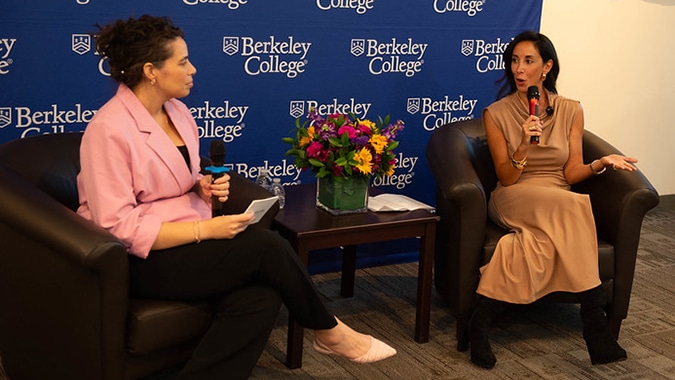Women now make up 35% of U.S. workers in the 10 highest-paying occupations – up from 13% in 1980, according to a new Pew Research Institute analysis. Women have increased their presence in nearly all of these occupations, including physicians, lawyers and pharmacists.
Still, women remain the minority in nine of the 10 highest-paying occupations. The exception is pharmacists, 61% of whom are women. More broadly, the share of women across all 10 of these occupations (35%) remains well below their share of the overall U.S. workforce (47%).
Workers in the 10 highest-paying occupations typically earn more than $100,000 a year, over twice the national average of $41,000. These 10 high-paying occupations are:
- Physicians (38% women)
- Chief executives and public administrators (29% women)
- Dentists (33% women)
- Actuaries (26%)
- Physicists and astronomers (24% women)
- Lawyers (40% women)
- Sales engineers (7% women)
- Pharmacists (61%)
- Airline pilots and navigators (7%)
- Petroleum, mining and geological engineers (8%)
Women’s presence has changed more noticeably in some of these occupations than in others. Since 1980, the share of women dentists has more than quadrupled (from 7% to 33%), while the share of women physicians has roughly tripled (from 13% to 38%). The share of lawyers who are women has risen significantly from 14% to 40% over the same period.
The Pew employment analysis uses government data from the decennial census and the American Community Survey (ACS). The ACS is the largest household survey in the United States, with a sample of more than 3 million addresses. Collected by the U.S. Census Bureau since 2001, it covers the topics previously included in the long form of the decennial census.
To read more about the findings of the PEW analysis, go here.




